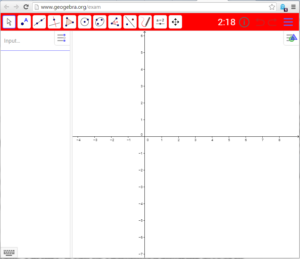Book Review: The Humongous Book of Calculus Problems
I bought this book a year ago as a refresher of Calculus and as of now, I am almost finished reading it. I think what separates this book from the rest are the numerous worked examples (well, 1000 of them) with detailed solutions and explanations. Additional pointers and explanations in layman’s words are provided as notes.
This book has 565 pages containing 28 chapters. The first 8 chapters contain a review about equations, polynomials, functions, and trigonometry, while the remaining chapters discussed topics in Calculus I and II: Limits, Differentiation, Integration, Parametric and Polar Equations, Sequences and Series. As a bonus, a chapter on Differential Equations is also included. » Read more

